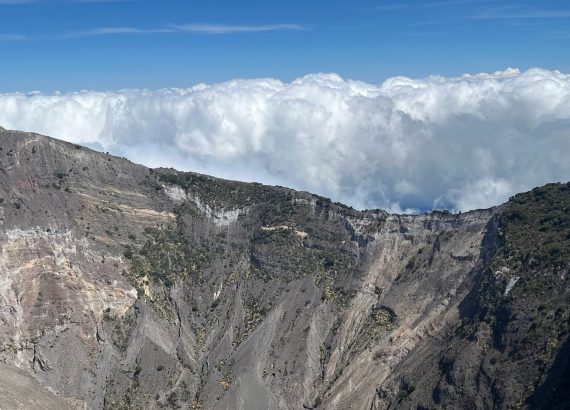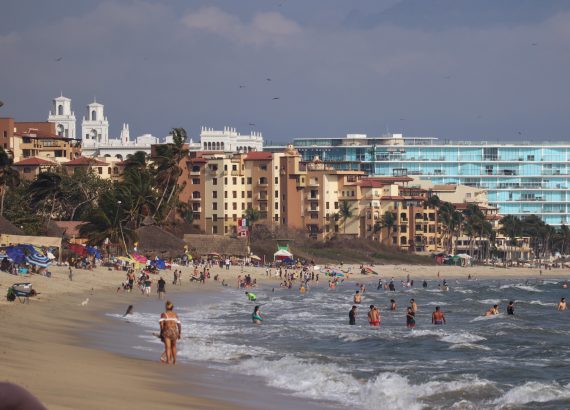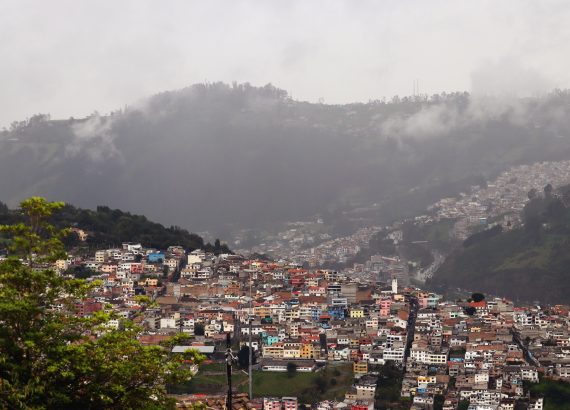Good news for Cuba, President Joe Biden on June 1 of this year has finally gotten around to revoking a series of restrictions on flights to Cuba that were imposed by Donald Trump allowing US airlines to fly to all of Cuba’s airports. Unfortunately, this falls short of fully reinstating the Obama administration policies towards Cuba. A bit disappointing for folks who would like to travel freely to the island. I was fortunate to visit Havana, Cuba in 2017 when President Obama had lifted US restrictions, allowing travelers to independently travel to Cuba without being part of an authorized travel program.
Let’s Begin with What Exactly is Happening in Cuba.
Before I share with you the details of my trip to Cuba in 2017, a bit about what is occurring in Cuba. As expected, the pandemic has further devastated what was already a weak economy that depends heavily on tourism. More recently, there has been an exodus of thousands of Cubans arriving in Mexico, many working with smugglers seeking asylum into the United States, along with so many others now flooding the border.
On the bright side, Cuba earlier on developed its own vaccine, successfully vaccinating 90% of its population significantly reducing hospitalization and death. More recently, the Cuban government dropped its travel restrictions, opening its doors to international tourism critical to rebuilding its economy. The island is experiencing an uncertain economy with the government crushing hard on any protest by its people. Fidel may be gone, but his dictatorial practices have not changed. More on this later.
Cuba World … in Five Days
My trip was short, only five days, which included celebrating a dear friend’s 60th Birthday.
I arrived at Havana’s small aging airport with only two carousels packed with tourists. I strongly recommend you bring your luggage as a carry-on and be prepared to wait in line. The drive into Havana is part rural and part residential, but the minute you hit the center of the city, you are stunned by how majestic its past must have been. Many of the city’s baroque and neoclassic structures are in ruin or poorly maintained, although there have been efforts to restore and preserve many of these buildings. What was once a thriving business district that served the rich and middle class is now home to thousands of poor Cubans. Even under these conditions, I found the city to be alive, noisy and festive. The streets were crowded and busy late into the midnight hours. Even in its dilapidated condition, there was an energy and vibe about the city. Streets were also dusty, at times smelly, in need of repair and difficult to navigate with heels. My photos represent the conditions of most buildings on both local streets and on the Prado (main strip) although homes inside were warm and welcoming.
The city is divided into Centro (center)Havana and Viejo (old) Havana. Both are similar, with the latter being more commercial due to its historic past. Old Havana is identical to Old San Juan, Puerto Rico, the same type of architecture, narrow cobbled streets, old Spanish churches and its own version of “El Morro” Fort to protect the city from its enemies back in the 1700s. There is a flourishing artist community both in the visual arts and in literature. In fact, during my stay there was an International Latin American Literature convention happening, causing the streets to be very crowded with visitors.
Art here is viewed, in part, as a way to make a living. Some of it is impressive, some a bit amateur. There is a lot of symbolism in the artwork, touching on religion, poverty and fleeing Cuba. Most folks have one or more relatives that live outside of Cuba, so there is a yearning to stay connected. Some of the places to visit in Old Havana are La Bodequita Del Medio (famous bar where literary giants visit), La Plaza de La Cathedral (oldest church) and the Cuban novelist Alejo Carpentier’s home. But there is much more.
Cuba’s American Vintage Cars
The American auto industry should thank Cuba for creating a worldwide obsession over its vintage cars. No doubt, there is something romantic and almost spiritual about driving in a vintage Chevy or Ford convertible day or night throughout Havana. These cars are owned by the drivers, although some owners have more than one and lease the other much like a taxi company.
Original auto parts are secured through other countries or are designed by local engineers. The value of these cars has continued to rise, making their preservation and authentication a must keep. Rides in the prettier cars can range from $30-$75 an hour (always room for negotiating). We drove through the city at night to see the monuments lit up. I suggest doing this also in the daytime, even if there is a bit more traffic. Getting around the city is relatively inexpensive, using a combination of buses, cabs and a variety of three wheelers. Cost can range anywhere from $2 and up. There are plenty of local “transport-preneur” trying to make a living without the need of Uber.
How Exactly does Communism work in a Caribbean Island?
Well, it doesn’t. Basically, this is a dictatorship. Many of the Cubans I spoke to will tell you that necessity is the mother of invention. They will do whatever they need to do to make ends meet. It’s hard not to be inspired by their survival instincts, humility and hospitality. International tourism is a lifeline for many households to survive. For instance, I met Daniel, who lives in Santiago and works as a tour guide away from his parents most of the time to be able to support them. A very engaging and funny young man who even offered to be my “boy toy” which I nicely declined with a chuckle.
Many folks rent out all or part of their homes using Airbnb and local ads. These homes are referred to as Casa Particulares. They are modest rooms with a private bathroom or a 1–2-bedroom apartment which includes good Cuban style breakfast. When renting from these folks, you are directly helping them as compared to the hotel chains. Hotels here are expensive due to so few of them catering to international tourism.
Sites to Visit
With only five days, I did my best to explore as much as I could besides attending a birthday dinner party and surprisingly bumping into my friend Sylvia from Tampa (small world, indeed). Here is what else I got to see and do:
Museum of the Revolution for $8 you get all the propaganda you can read standing up. (If you love history, it’s a go, otherwise skip it)
St. Cristobal restaurant where President Obama had dinner during his visit. Great place for lunch and dinner. (My photos don’t do this place any justice).
El Cuervo y El Zorro Jazz Club — Great jazz for a nominal fee.
The Parisian Cabaret show at Hotel Nacional Theater— A pretty good Cuban style cabaret, a throwback to the old Havana days. The costumes, the dancing and the music are worth the price. There is also a similar show at the Tropicana Club but more expensive.
On the weekends, the Paseo de Prado (main strip) is open for artists to set up and sell their work – good deals to be had. As mentioned earlier, Art is another lifeline for folks. There are many makeshift art galleries and artists painting and selling on the streets. Whatever the price, remember to buy because you like it. If you are looking for value, ask for help as there are a number of international well known Cuban artists.
What to Watch Out For
There are a number of idiosyncrasies about this island that you need to know if you visit any time soon. For instance, there are two currencies: CUP pesos for the locals and tourists, and MLC pesos used by residents for local stores. The CUC peso for tourists is no longer used. There is no acceptance of American dollars, credit cards or ATM Banks from the US. Only CUP pesos are acceptable, which takes some adjusting to when you have the tendency to pay everything with a credit card. It is best before arriving in Cuba that you exchange American dollars for Euros, which has the highest acceptable value. Other things to watch out for are:
Food is relatively inexpensive, as are the drinks. Big disappointment on the Mojitos. The US version is much much better.
Don’t drink the water. Buy bottled water or bring one with a filter if you plan to travel outside of Havana.
There are hardly any groceries stores and pharmacies and those that exist are very sparse and some are not inviting. Bring toiletries, snacks and any other home comforts, especially toilet paper. Most public places do not provide any (this goes for both girls and boys).
Yes, there are plenty of places to buy Cuban Cigars at all price ranges. It is always helpful to talk to someone who can help you get a good deal.
The worst is the lack of internet access, only available in some hotels and cafés. The government control its access. It is expensive and sporadic at best. If you have AT&T, make arrangements before getting here (at a premium, of course). I was forced to unplug!!! Although I posted with some limitations.
Lastly, get to the airport early (3hr+). The lines are long for everything, including last-minute purchases.

















































































No Comments